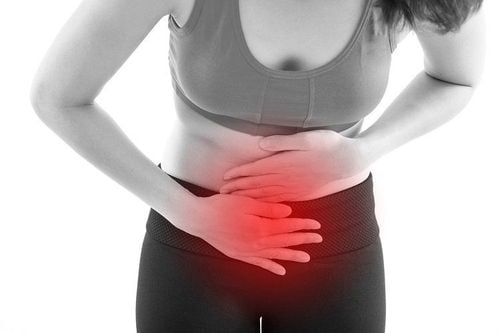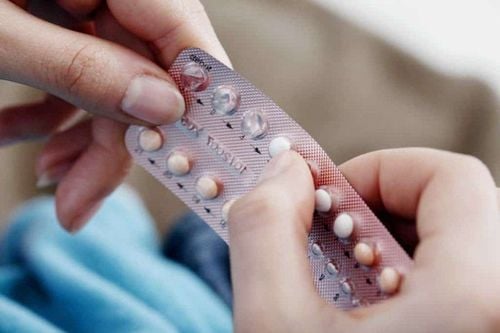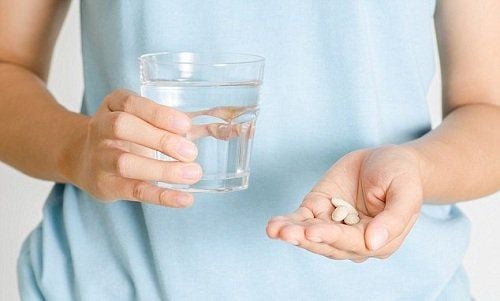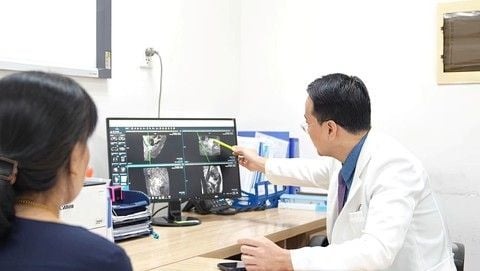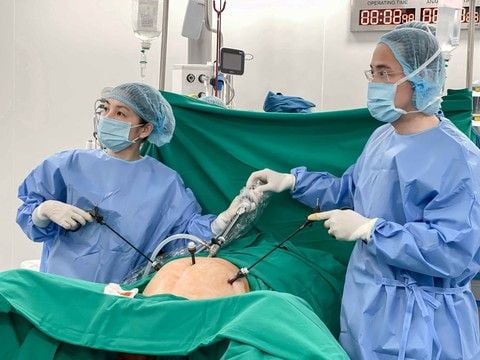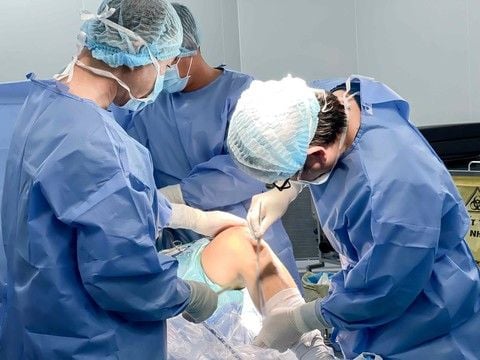This article is consulted by Specialist Doctor Level I Trương Nghĩa Bình - Specialist in Obstetrics and Gynecology - Obstetrics and Gynecology Department - Vinmec Da Nang International General Hospital.
The intrauterine device prevents sperm from meeting the egg, while also preventing the fertilized egg from implanting in the uterus, which would develop into an embryo. The application of an intrauterine device method brings undeniable benefits. However, many women experience difficulty in getting pregnant after removing the intrauterine device. So, what are the causes and solutions to this issue?
1. The Timeframe for Getting Pregnant After Removing the Intrauterine device
Intrauterine devices are a popular contraceptive method chosen by many women. Immediately after removing the Intrauterine device, a woman is capable of becoming pregnant again. However, conceiving right after removing the intrauterine device is not advisable. This is because the Intrauterine device has been inside your body for a long period, which may affect the uterus. Therefore, it is recommended to allow time for the reproductive organs to recover, which typically takes about 2-3 months before trying to conceive.
Moreover, to ensure a healthy pregnancy, you should get vaccinated for diseases like rubella and flu about three months before trying to get pregnant. It is also recommended to undergo a general health check-up and deworming to ensure optimal health for both mother and baby during pregnancy.

If, after removing the Intrauterine device, you feel unwell, experience significant pain or unusual bleeding, it is advisable to get an abdominal ultrasound to check for any complications that may require attention.
2. Causes of Difficulty Getting Pregnant After Removing the Intrauterine device
Typically, if a woman does not become pregnant after 6 months of removing the Intrauterine device, she should consult a healthcare provider to check for reproductive issues. Some common causes of difficulty in getting pregnant after removing the intrauterine device include:
Firstly, women who use intrauterine devices are more susceptible to infections than those who do not. This is because the Intrauterine device is connected to two strings that extend through the cervix into the vagina. If a woman does not maintain proper hygiene, bacteria can travel upwards through this pathway, leading to deep infections. This could also make it more difficult to conceive after removing the Intrauterine device.
In particular, women who have previously experienced vaginal infections or who engage in sexual activity shortly after intrauterine device insertion are at higher risk of infections, which could further impair fertility. Therefore, it is advisable to treat infections with antibiotics effectively before attempting to conceive again.
Secondly, many women use emergency contraception after removing the Intrauterine device, which is a mistake. Emergency contraceptives contain high levels of hormones that are meant for urgent situations only. Since these medications suppress ovulation, frequent use may inhibit the ovaries, making it difficult for them to release eggs when a woman tries to get pregnant, thereby contributing to infertility after Intrauterine device removal.
3. Post-Intrauterine device Removal Considerations
When a woman wants to get pregnant, she will decide to remove the Intrauterine device. However, there are several important considerations to keep in mind:
Women who are not in optimal health or who are suffering from acute illnesses should postpone Intrauterine device removal until they have fully recovered.
In the case of a genital infection, it should be completely treated before proceeding with Intrauterine device removal.
The Intrauterine device removal procedure should be done near the end of the menstrual period, as this is when menstruation is about to finish.
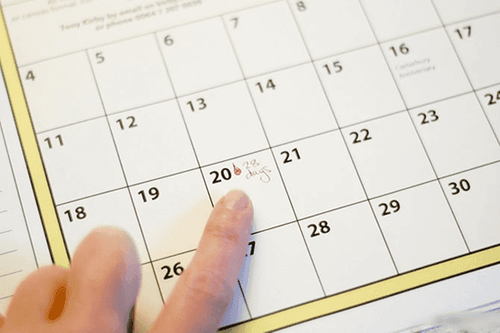
The presence of an intrauterine device in the uterus, whether for a short or long period, can affect the uterus. Therefore, it is not advisable to conceive immediately after removing the Intrauterine device, as this can negatively impact fetal development. The optimal time to attempt conception is about 2 to 3 months after Intrauterine device removal, allowing the uterus to stabilize.
After Intrauterine device removal, it is important to follow the doctor's instructions and take prescribed anti-inflammatory and antibiotic medications to avoid infections and prevent uterine adhesions.
In the case where the Intrauterine device accidentally moves into the abdominal cavity, laparoscopic surgery may be required to remove it. Women should rest for 2 to 3 weeks before returning to work to avoid affecting their future health.
If conception does not occur after intrauterine device removal, it is advisable to undergo a gynecological examination to check for possible infections, perform a hysterosalpingogram to detect any blockages in the fallopian tubes, and ensure that everything is in good condition. If everything is normal, it is recommended to track ovulation and have intercourse during the ovulation period to maximize the chances of pregnancy.
Trương Nghĩa Bình, MD has over 13 years of experience in Obstetrics and Gynecology, with expertise and extensive experience in diagnosing and treating obstetric and gynecological conditions.
To arrange an appointment, please call HOTLINE or make your reservation directly HERE. You may also download the MyVinmec app to schedule appointments faster and manage your reservations more conveniently.

